Cleaning and Disinfecting Outdoor Water Quality Instrumentation
(Updated November 2021)
The last couple of months have been very interesting for us all as we begin to cope with our new norm – working from home or having very limited contact with others whom we work with. We are all used to being so social and active in our environmental careers and this pandemic has certainly changed things for us. When we do all get back to “normal” work, there will likely be new operating procedures put in place to keep each other safe. Our facilities at YSI have transformed immensely in response to COVID-19 and we are positive that most facilities out there will evolve similarly by incorporating the use of face masks, additional hand washing/sanitizing stations, and continuing social distancing practices.
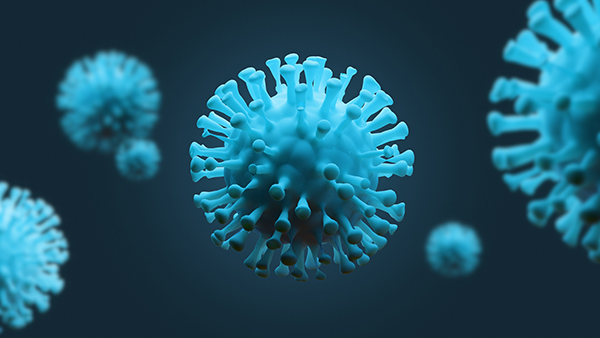
Keeping our facilities clean is great but how can we take better care of our instruments to ensure that they are as germ-free as possible? The following guidance is written for informational purposes and YSI cannot guarantee that these practices will be 100% effective against the transmission of COVID-19 but these practices can help reduce the spread of bacteria and viruses, similar to washing your hands.
Cleaning and Disinfecting
As referenced in a recent post (Learn more, Coronavirus Disinfectants and the Need for Increased Production), there is a difference between cleaning (removing germs) and disinfecting (killing germs), so it is vital to know what type of products and procedures you are using on your equipment. It is important to follow a cleaning AND disinfecting protocol to provide the greatest effectiveness against any disease transmission.
Before any cleaning or disinfecting of the equipment can take place, it is a good idea to protect ourselves using personal protective equipment (PPE) such as gloves, aprons, and eyewear. This list is not all-inclusive and you should follow the guidelines set in place by your workplace safety professionals. There are proper procedures for putting on and removing this equipment as well, so now may be a good time to become reacquainted with these laboratory and field safety practices.
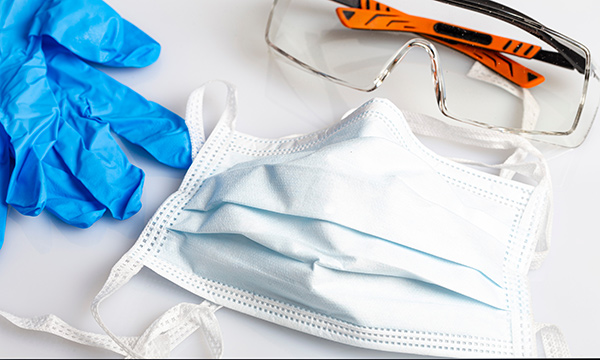
The cleaning and disinfecting steps below do not take into account if a piece of equipment has been exposed to any hazardous material. If you know that your equipment has been exposed to any harmful contaminants, contact your local authorities to determine the proper cleaning protocol to follow.
Also, please be sure to follow any user manual provided with your equipment to determine additional cleaning or disinfecting steps that may be safe for that equipment. Sondes, sampling handhelds, and automatic samplers all have slightly varying instructions due to the different parts and pieces.
How to Clean Your Equipment
Cleaning should always be the first step of the process because cleaning removes the majority of the germ-holding material from the surface. After donning all necessary protective equipment, the first step to take in cleaning off your equipment is rinsing it off with plain tap water. You can use a stiff-bristled brush to remove any caked-on material. If you are cleaning sensors, be careful to not use a stiff-bristled brush on the sensor faces so that you do not scratch or damage these. Cables can also be scrubbed using this same brush to remove any debris. Do not use this brush on the handhelds, as the brush can damage the screen.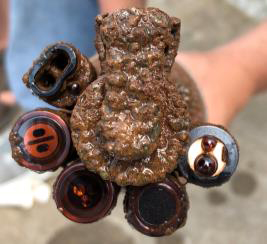
After giving your equipment a thorough scrubbing, you can then use a non-abrasive paper towel to wipe off any material that does not rinse off easily.
Next, use a mild soap with a non-abrasive towel and wash off the exterior of any equipment that you have – sondes, handhelds, cables, etc. It is safe to wash all connectors with a mild soapy solution.
Sensor faces can also be cleaned with soap and water and the non-abrasive towel– just be extremely careful to avoid damaging the pH/ORP sensor bulbs.
Sampling tubes can be filled with soapy water and allowed to soak, which will loosen up material possibly stuck inside. Make sure to rinse away all of the soapy material from your equipment to ensure that as many germs are washed away as possible.
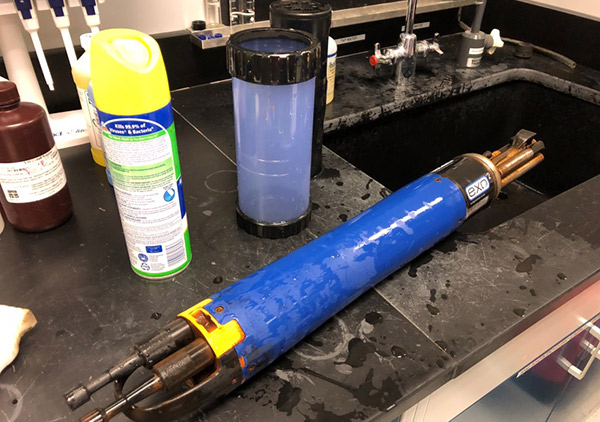
It is also very important to wash sonde/sensor guards and calibration cups thoroughly. As funny as this sounds, a soapy (clean!!) toilet brush fits pretty well into these pieces of equipment and can scrub away any material on the insides of these that a hand cannot normally reach. A toothbrush can also work in the smaller, harder-to-reach areas like on the single sensor guards on some instruments.
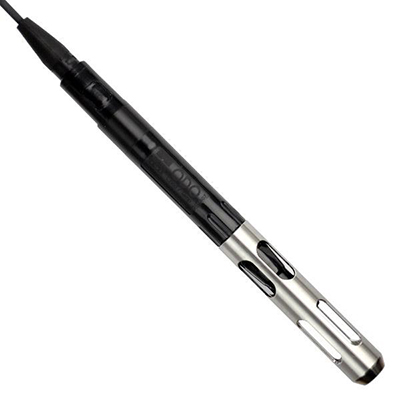
Between the cleaning and disinfecting procedures, you may want to swap gloves depending on how dirty your gloves become in the cleaning steps.
How to Disinfect Your Equipment
Once your equipment has been thoroughly cleaned, a disinfecting process can begin. The two disinfectants that we will recommend in this procedure are 70% isopropyl alcohol and 3% hydrogen peroxide. It will be up to the user to determine the usage of any other products for disinfecting their equipment. Again, we do not guarantee that the use of these disinfectants will kill all germs on any of the equipment and therefore cannot say that the usage of these will have 100% efficacy against transmission of any bacteria or virus.
Further information on isopropyl alcohol and hydrogen peroxide as disinfectants can be found on the Centers for Disease Control Chemical Disinfectants page.
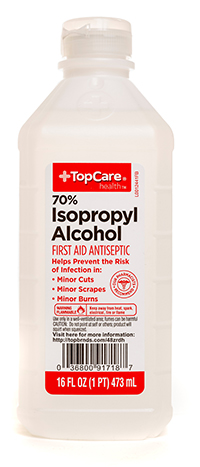
When cleaning a sonde that’s fitted with multiple sensors including an optical dissolved oxygen probe, remove the optical dissolved oxygen sensor from your sonde. Isopropyl alcohol will cause the paint layer of the sensor cap to be degraded and washed away, resulting in the need for a new sensor cap. After the sensor is removed, install a port plug in the empty port.
Next, ensure that your equipment is completely dry after the cleaning process because any dilution of the alcohol will lower its ability to kill germs. Then, soak a non-abrasive paper towel with isopropyl alcohol and thoroughly wash your equipment, covering all surfaces. All equipment including handhelds, cables, and sensors other than the optical dissolved oxygen sensor can be disinfected in this way. The alcohol takes 10-15 seconds to kill the majority of germs, per the CDC article referenced above. Allow your equipment to air dry to ensure that the isopropyl alcohol is allowed to perform its job.
If you are cleaning sampler tubing, you can pour a stream of isopropyl alcohol through the tube so that it hits all inner surfaces and allow it to soak in a deep bin of isopropyl alcohol momentarily to 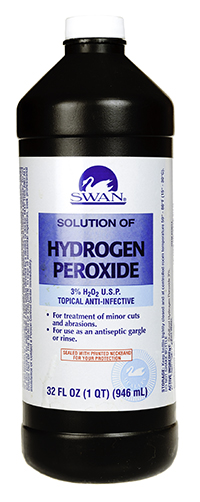 disinfect all outer surfaces. After a thorough cleaning of the tubing, rinse it out with DI water.
disinfect all outer surfaces. After a thorough cleaning of the tubing, rinse it out with DI water.
To disinfect a dissolved oxygen sensor or probe, completely submerge the sensor or probe in hydrogen peroxide for five minutes. The hydrogen peroxide will not harm the sensor membrane cap.
If any O-rings have been exposed to either the isopropyl alcohol or hydrogen peroxide, you will need to lubricate the O-rings with Krytox grease because these chemicals can strip the moisture from the O-rings.
Final Thoughts
Once the equipment has been completely cleaned and disinfected, it can be stored away until the next use. If you need some help figuring out how to best store your equipment, you can find some handy tips on this post. (Learn more, Store Your Water Quality Instrumentation Properly)
I truly hope that this blog finds you and your loved ones well in these tough times. We will all get through this together and I look forward to hearing some tips and tricks about how you guys are staying safe in the field and lab. Leave some comments below or tag us on Facebook or Twitter – we LOVE your creativity and innovation!!
Additional Blog Posts of Interest
Coronavirus Disinfectants and the Need for Increased Production
Solving Water During a Pandemic: What Could Be More Essential?
Store Your Water Quality Instrumentation Properly
Get Your Water Quality Sonde Ready for the Season